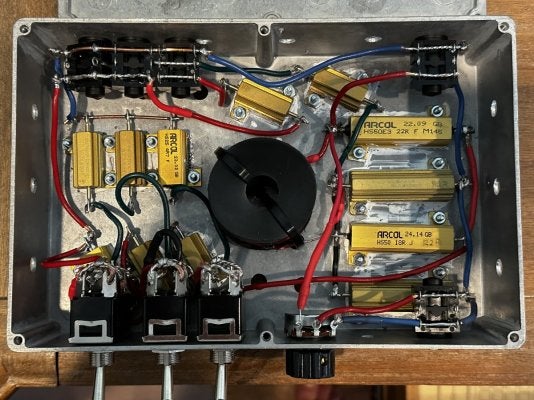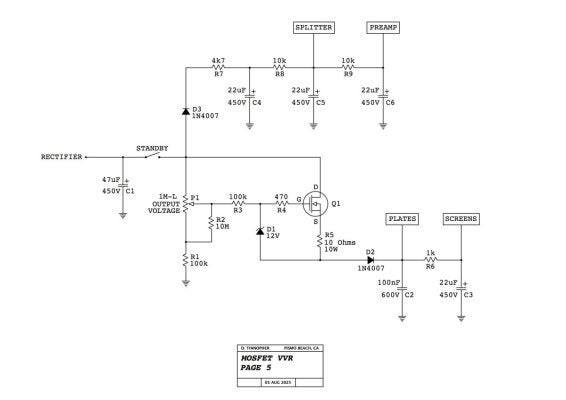woodandglue
Tele-Meister
I'm thinking about using VVR circuit (on the power tubes' plates and screens) in a future build, but I am not seeing many schematic examples as I search the web. Please post a circuit have you used, explain why they should be avoided, or something else to better inform me and this community. Thanks!




